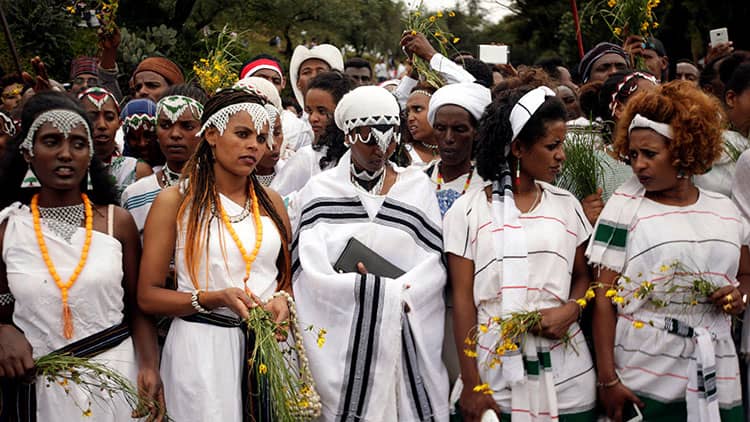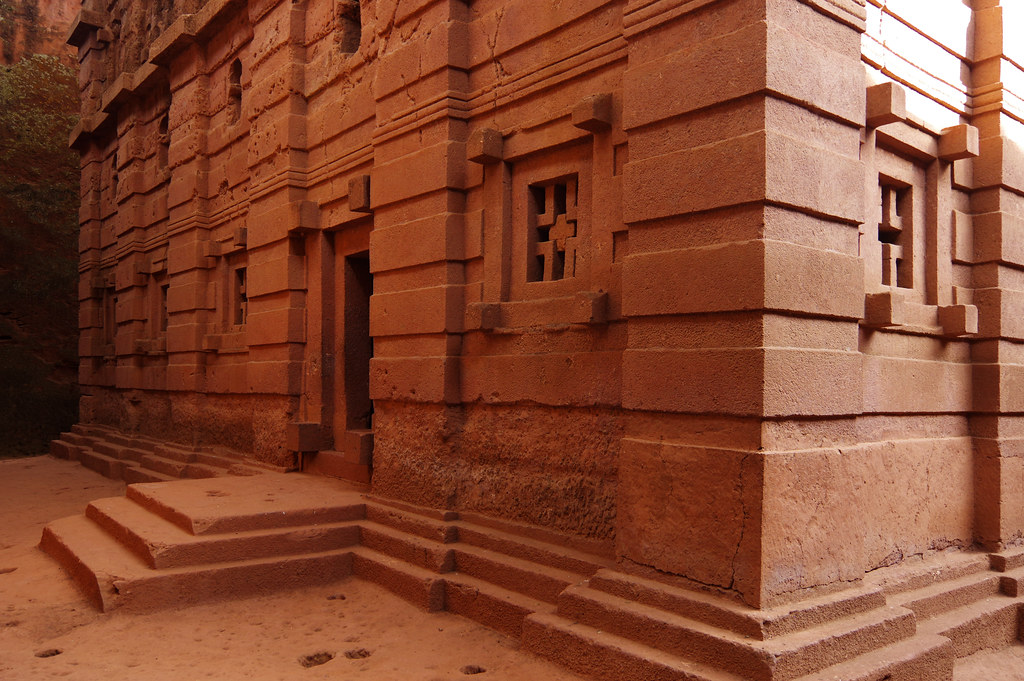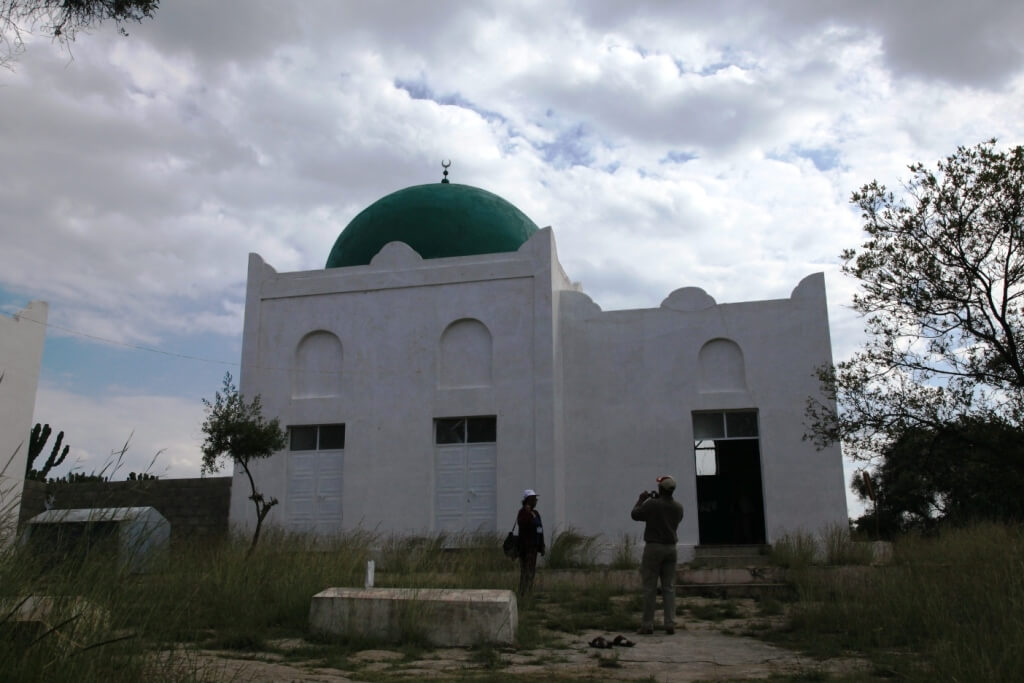Exploring the Zemene Mesafint: History, Key Figures, and Legacy
Find out about the Zemene Mesafint: historical context, key events, and political landscape. Explore its cultural impact and legacy.
The term “Zemene Mesafint” translates to “Era of the Princes” in English, referring to a tumultuous period of Ethiopian history marked by decentralized power struggles among regional rulers. This era, also known as the “Age of Princes,” spanned from the mid-18th to mid-19th centuries and saw the weakening of central authority under the Ethiopian monarchy. The Zemene Mesafint period was characterized by frequent conflicts and power struggles between various feudal lords, leading to instability and chaos throughout the region. The era is significant for its impact on the traditional structure of Ethiopian society and the authority of the monarchy.
Historical Context of the Zemene Mesafint
The Zemene Mesafint, also known as the “Era of the Princes,” was a significant period in Ethiopian history. Spanning from roughly 1769 to 1855, this era was marked by political fragmentation and the decline of centralized imperial power. During the Zemene Mesafint, the authority of the Emperor of Ethiopia was greatly diminished, with regional lords and military commanders holding actual power.
The era began after the death of Emperor Iyasu II, leading to a power struggle among the nobility. This power vacuum allowed regional leaders, known as Ras and Dejazmach, to govern their territories with considerable autonomy. These leaders often engaged in conflicts and alliances to expand their influence, further destabilizing the Ethiopian Empire.
The Abyssinian kingdom was reduced to a collection of semi-independent regions, each ruled by powerful nobles. The emperors during this period were often little more than figureheads, confined to the capital city of Gondar and having limited real power. This fragmentation lasted until the rise of Emperor Tewodros II, who sought to reunify the empire and restore central authority.

The Political Landscape During Zemene Mesafint
Gondar
The capital city of Gondar was the symbolic center of the Ethiopian Empire during the Zemene Mesafint. However, the emperors residing in Gondar were often figureheads, with real power lying in the hands of regional lords. The city served as the residence of the emperors but did little to influence the broader political landscape during this period of fragmentation.
Tigray
The Tigray Province was one of the key regions during the Zemene Mesafint. Various Tigrayan leaders, such as Sabagadis Woldu and Dejazmach Wube Haile Maryam, played critical roles in the political dynamics of the era. Tigray remained a formidable power, with its leaders frequently engaging in battles to expand their influence.
Shewa
The province of Shewa, under the leadership of figures like Sahle Selassie, maintained a degree of autonomy and later played a crucial role in the reunification of Ethiopia. The leaders of Shewa were significant in the later efforts to restore centralized power to the Ethiopian Empire, paving the way for the rise of Emperor Tewodros II.
Amhara People
The Amhara people were central to the political and military affairs of the Zemene Mesafint. Their leaders and warriors were influential in the various conflicts and alliances that characterized the period. The Amhara aristocracy played a pivotal role in the governance and military campaigns of the era.
Oromo People
The Oromo people also played a significant role during this era, with their chieftains engaging in alliances and conflicts with other regional powers. The Oromo’s political and military involvement added another layer of complexity to the already fragmented political landscape.
The Zemene Mesafint was a period of intense political maneuvering, shifting alliances, and frequent conflicts among regional leaders. Despite the fragmentation, this era laid the groundwork for the eventual reunification of Ethiopia under leaders like Emperor Tewodros II.

Key Figures and Their Roles
Ras Mikael Sehul
One of the most influential figures of the Zemene Mesafint, Ras Mikael Sehul effectively controlled the throne for several years. He is known for his role in deposing and enthroning various emperors, including Emperor Tekle Haymanot II. Ras Mikael’s political maneuvering and military prowess made him a central figure in the power dynamics of the era.
Empress Mentewab
Empress Mentewab was another key figure during the Zemene Mesafint. She played a significant role in the governance of Ethiopia by acting as a regent after the death of her husband, Emperor Bakaffa. Mentewab’s influence extended through the reign of her son, Iyasu II, and even beyond, as she sought to stabilize the Ethiopian empire amidst the era’s turmoil.
Dejazmach Wube Haile Maryam
Dejazmach Wube Haile Maryam was a prominent leader from the Tigray Province. Known for his military skills and political acumen, Wube played a crucial role in the regional politics of northern Ethiopia. His ambitions and actions significantly shaped the political landscape during the Zemene Mesafint.
Sahle Selassie
Ras Sahle Selassie of Shewa was a key figure who maintained relative autonomy during the Zemene Mesafint. His leadership helped to preserve stability in Shewa and laid the groundwork for the future reunification of Ethiopia. Sahle Selassie’s rule is notable for its efforts to modernize and strengthen the province.
Tewodros II
Emperor Tewodros II emerged as a unifying figure at the end of the Zemene Mesafint. His efforts to centralize power and restore the authority of the imperial throne were pivotal in ending the era of regional fragmentation and set the stage for a more unified Ethiopian Empire.
Significant Events and Conflicts
Battle of Debre Tabor
The Battle of Debre Tabor was one of the critical conflicts during the Zemene Mesafint. Fought in the Tigray region, it was a clash between the forces of Dejazmach Wube Haile Maryam and those loyal to other regional lords. This battle exemplified the intense power struggles that characterized the era.
Deposition of Iyasu III
In 1769, the deposition of Emperor Iyasu III marked a significant turning point. Ras Mikael Sehul orchestrated this event, demonstrating his considerable influence. This deposition highlighted the weakened state of the imperial throne and the dominance of regional powers.
Reign of Yohannes II
Yohannes II was another emperor during the Zemene Mesafint who served as a figurehead. His reign saw limited real power as the actual control lay with regional lords such as Ras Mikael Sehul. Yohannes II’s tenure illustrated the era’s marked shift from centralized authority to regional dominance.
Rise of Kassa Hailu
Kassa Hailu, who would later become Emperor Tewodros II, played a crucial role in the later stages of the Zemene Mesafint. His rise to power and subsequent efforts to centralize authority were instrumental in ending the era of the princes. Kassa Hailu’s determination and military campaigns were key factors in re-establishing a unified Ethiopian state.
Marriage Alliances
Marriage alliances were a common strategy for consolidating power during the Zemene Mesafint. The marriage of Empress Mentewab’s son to a daughter of an Oromo chieftain was a notable alliance that aimed to stabilize the empire by fostering unity among diverse Ethiopian ethnic groups.
Cultural and Social Impact
The Zemene Mesafint profoundly influenced Ethiopian culture and society. During this period, the power and influence of regional lords and military commanders led to the development of unique regional identities within Ethiopia. Each region, governed autonomously by its local leaders, saw the evolution of distinct cultural practices, traditions, and social structures.
Literature and Art
The fragmentation of political power during the Zemene Mesafint allowed for a rich diversity of literary and artistic expressions. Noble courts in regions like Tigray and Shewa became centers of cultural activity. Ge’ez, the liturgical language of the Ethiopian Orthodox Church, continued to be a medium for religious texts and scholarly works. Additionally, manuscripts and iconography from this period reflect the confluence of religious and regional themes.
Religion
The Ethiopian Orthodox Tewahedo Church maintained its influence throughout the Zemene Mesafint, despite the political instability. Religious leaders continued to play a crucial role in society, providing spiritual guidance and preserving Ethiopia’s Christian heritage. Monasteries and churches remained centers of learning and cultural preservation, ensuring the continuity of religious traditions.
Social Structure
The era also saw changes in the social structure of Ethiopian society. The power dynamics between regional lords, the emperor, and the common people shifted significantly. The rise of powerful nobles and commanders meant that the traditional authority of the emperor was compromised, leading to a more decentralized and feudal-like social order. This decentralization allowed for greater autonomy among local communities but also contributed to social stratification and regional disparities.
The End of the Zemene Mesafint
The Zemene Mesafint came to an end with the rise of Emperor Tewodros II, who sought to reunify Ethiopia and restore central authority. Born Kassa Hailu, Tewodros II emerged as a formidable leader determined to end the era of fragmented regional rule and re-establish the imperial throne’s dominance.
Unification Efforts
One of Tewodros II’s key achievements was the restoration of the authority of the Emperor of Ethiopia. His reign marked a departure from the previous era’s decentralization, with the emperor once again holding real power. Tewodros’s reforms included efforts to modernize the military and administrative systems, which helped to strengthen the central government.
Legacy of Tewodros II
Despite facing significant challenges, Tewodros II’s reign is remembered for its efforts to restore unity and strength to Ethiopia. His legacy includes the establishment of a more centralized and cohesive state, setting the stage for subsequent leaders to build upon his foundation.
Legacy of the Zemene Mesafint
The Zemene Mesafint left a lasting legacy on Ethiopia, shaping its cultural, social, and political landscape in profound ways. Despite the era’s political fragmentation, it contributed to the rich diversity of Ethiopian culture and regional identities.
Cultural Contributions
The period’s cultural contributions, including literature, art, and religious traditions, continue to be celebrated in Ethiopia today. The manuscripts, religious texts, and artistic works from the Zemene Mesafint provide valuable insights into the era’s cultural life and heritage.
Regional Identities
The autonomy and distinctiveness of the regions during the Zemene Mesafint helped to forge strong regional identities that persist in modern Ethiopia. These identities contribute to the country’s cultural richness and diversity, reflecting the unique histories and traditions of its various regions.
Influence on Modern Ethiopia
The end of the Zemene Mesafint and the subsequent reunification efforts by leaders like Tewodros II had a lasting impact on Ethiopia’s political development. The era’s legacy continues to influence the country’s governance, regional dynamics, and national identity.
Exploring Historical Sites
When visiting Ethiopia, there are several historical sites related to the Zemene Mesafint that provide rich insights into this fascinating period of Ethiopian history. These sites offer a glimpse into the era’s political, cultural, and social dynamics, making them must-see destinations for history enthusiasts.
Gondar
The city of Gondar, once the capital city during the Zemene Mesafint, is an essential destination. Gondar is home to several historical landmarks, including:
Fasil Ghebbi (Royal Enclosure): The castle compound houses several palaces and buildings constructed by Emperor Fasilides and his successors. These structures showcase the architectural ingenuity of the period and offer a window into the lives of Ethiopian emperors and nobility.
Debre Berhan Selassie Church: Known for its beautiful murals and iconic Ethiopian Orthodox Christian art, this church is a significant cultural and religious site from the Zemene Mesafint. The church’s interior is richly decorated with paintings that depict biblical scenes and Ethiopian saints.
Tigray Region
The Tigray region also boasts historical sites that highlight the era’s regional power struggles and cultural achievements:
Debre Damo Monastery: One of the oldest and most significant monasteries in Ethiopia, Debre Damo played an important role during the Zemene Mesafint. Its rich history and unique architecture make it a fascinating site to explore.
Wukro Chirkos Church: This rock-hewn church exemplifies the craftsmanship and religious devotion of the period. Visiting this site provides a deeper understanding of the religious influence that persisted even during times of political fragmentation.
Shewa
The province of Shewa was crucial during the Zemene Mesafint, maintaining relative autonomy and contributing to the eventual reunification of Ethiopia:
Ankober Palace: The former residence of Sahle Selassie and other leaders of Shewa, Ankober Palace offers insights into the governance and lifestyle of regional rulers. Its location atop a high plateau provides stunning views of the surrounding landscapes.
Debre Libanos Monastery: This significant religious site is linked to the history of Shewa and the Ethiopian Orthodox Church. The monastery’s historical and religious importance makes it a key destination for understanding the cultural impact of the Zemene Mesafint.
Other Notable Sites
Empress Mentewab’s Palace: Located in Gondar, this palace was the residence of Empress Mentewab, a key figure during the Zemene Mesafint. The site offers a glimpse into her life and influence during this turbulent period.
Battlefields: Several battlefields across Ethiopia mark the locations of significant conflicts during the Zemene Mesafint. Visiting these sites provides context for the military and political struggles that defined the era.
Conclusion
The Zemene Mesafint was a transformative period in Ethiopian history, marked by political fragmentation, regional power struggles, and cultural flourishing. Despite the era’s challenges, it contributed to the rich tapestry of Ethiopian culture and laid the groundwork for future reunification efforts. Key figures like Ras Mikael Sehul, Empress Mentewab, and Emperor Tewodros II played pivotal roles in shaping the era’s political landscape. Significant events and conflicts, such as the Battle of Debre Tabor and the deposition of Iyasu III, highlight the complexities and dynamics of the period. The legacy of the Zemene Mesafint continues to influence modern Ethiopia, with its cultural contributions, strong regional identities, and valuable lessons in leadership and governance. Exploring historical sites related to this era provides a tangible connection to the past and a deeper understanding of Ethiopia’s rich heritage.
Frequently asked questions
-
What is Zemene Mesafint?
Zemene Mesafint, also known as the "Era of the Princes," refers to a period in Ethiopian history from the mid-18th to the mid-19th century characterized by the decentralization of power. During this time, regional warlords and noblemen held significant control, and the power of the Ethiopian emperors was greatly diminished.
-
What does Zemene Mesafint mean?
Zemene Mesafint translates to the "Era of the Princes" in Amharic. It signifies a period where the central authority of the Ethiopian monarchy was weakened, and regional rulers, or "princes," wielded substantial autonomous power.
-
When did Zemene Mesafint start?
Zemene Mesafint began in the mid-18th century, around 1769, following the death of Emperor Iyoas I, and lasted until the mid-19th century, ending with the rise of Emperor Tewodros II in 1855.
-
Cause of Zemene Mesafint
The primary cause of Zemene Mesafint was the decline of centralized imperial power following the death of strong emperors and internal strife. This power vacuum allowed regional nobles and warlords to assert control over their territories, leading to a fragmented and politically unstable period in Ethiopian history. The weakening of the central monarchy, coupled with continuous power struggles among the nobility, further exacerbated the decentralization during this era.
Subscribe To Get The Latest Update
About Author
Meet Hanan Akmel, our SAAS SEO Specialist with a rich experience of 5 years in enhancing online presence for diverse clients. With a passion for digital landscapes and a keen eye for search engine trends, Hanan excels in crafting strategies that significantly boost search engine rankings and user engagement. Her expertise lies in seamlessly integrating technical SEO with content-driven approaches, ensuring a holistic growth for her clients’ digital footprint.







